Multiple jerseys are awarded during the Tour de France. Riders have explained it as an honor and a privilege to finish the grand tour as the winner of one of these jerseys. And with my review of Tour de France 2020 now live, I want to move to a three-part “control the jersey” series that will act as a Tour de France 2020 strategy guide. Part one is focused on the green jersey and the strategies to win the green jersey.
In French, the green jersey is known as the maillot vert and is awarded to the leader in the points classification after each stage. The rider is commonly referred to as the fastest sprinter in the tour. Simply put, it is a two-step process. The first step towards wearing the green is gaining enough points during a stage to wear the jersey. Step two is continually winning points day after day to hold and maintain the jersey throughout the long grueling tour. Due to the higher points available, the winner of the green jersey often results from the rider who wins the most stage-ending sprint finishes.
Stage Strategy
Stages in the tour vary from flat, hilly to mountainous. Understanding the stage profile will help you determine which strategy to contemplate for that day. Within each stage profile, there are multiple opportunities to win sprint points. They can be won at both intermediate sprints and at the sprints crossing the finish line.
In terms of point totals, intermediate sprints are worth a total of 20, 17 and 15 for the first three riders to cross. For the finish line sprint, the totals are much higher at 50, 30 and 20 for the first three riders. In all sprints, the first 15 riders to cross will all receive points, but if you do not consistently score in the top three, it will be highly unlikely for you to maintain the green on the journey to Paris.
Determine your strategy by reviewing the stage profile. Plan a couple of options for scenarios that could happen, and remember to gauge the breakaway. In every race, the stage often opens with numerous attacks of riders who are trying to break free of the peloton. Be prepared and get to the front of the peloton as soon as possible in order to determine if you can join the early attack.
If the attack goes quick and you let them go, don’t go with them. It is better to hang back and conserve your energy. The last thing you want to do is waste all of your energy attempting to try and catch the breakaway only to finally get their wheel and have the opponents break on you again, which will just drop you into no man’s land. If you plan to make a secondary attack to join the breakaway, you should assign two riders highly rated in flat or hilly riding to help you catch the break to conserve your energy.
Sprinter Attributes
Every sprinter has his own capabilities. You’ll need to analyze your rider and review his attributes. You need to assess his ability to attack from a long distance, short distance, flat, mountain and stamina. All of these play a part when trying to win sprints day after day after day. In terms of the attributes that are the most effective, these would be your rider’s sprint, acceleration, endurance and resistance.
These four attributes combined will give you a better idea of how to determine your sprint for the line. You will have an idea if you need to break further from the line, or stay on a wheel and perform a short burst acceleration to the line.
Lead Out And Break
Several aspects contribute to winning a sprint. These have to do with the proper lead out to the line and timing your sprint on the correct line. In intermediate sprints, you most likely will not have a teammate to help push for the line. The ultimate goal here is positioning yourself in third place behind the lead rider. This gives you the chance to be close enough to see the first two riders attack or have enough room to counter any attacking riders from behind you.
As you approach the 1 km to the line, you need to be ready for anything. Align yourself on the wheel and maintain the slipstream behind your opponent. As soon as they attack, you have to push hard to stay right on their wheel. Stay on it for as long as possible until you feel your rider is ready sweep off to the side and take the sprint. During intermediate sprints, you will not have to worry about a packed peloton at high speed so it will be a lot easier to grab an open line and take the points.
When it comes to a stage-ending sprint, there is a lot more preparation involved. Often with about 15 km left to go, you will see the peloton ramping up the tempo at high speeds. The time gap on the breakaway will slowly come down and teams will begin positioning themselves toward the front of the peloton. This is when you will also need to direct your team to begin forming the lead-out train. Make sure you do this early enough so that any of your riders packed in the middle of the peloton will have time to work their way up to the front.
As you approach the 5 km to the line mark, the tempo will be extremely high. It will take all of your teammates’ energy to keep pushing toward the line. Make sure you have three riders on your team in front of you because when they push harder it will force them to pull off the front when gassed. If done right, you will have one of your teammates leading you at 2 km from the line.
Now is when your sprinter comes into the picture. Once your teammate is gassed, you’ll need to make a decision. You need to decide if you want to break immediately off your teammate’s wheel, or grab the wheel of a rival and use his slipstream to make your break. Be careful and be aware, at any moment riders from behind may make a move from further out. You need to assess your energy and be extremely patient. Sometimes if a rival breaks from further out, you don’t want to let that entice you to punch early. That may ultimately cause you to gas out before the line and lose. Stay patient and try to stay on the wheel of another rider. When you are ready and have that open line, then make your break.
Tour de France 2020 has numerous stage profiles. Stages that have a high percentage of a bunched finish are quite exciting. There is a slow building of suspense throughout the stage the closer the peloton moves towards the finish. At about 15 km the intensity is high. Use your strategy, review your riders’ abilities, don’t hesitate and enjoy your quest for the green jersey.


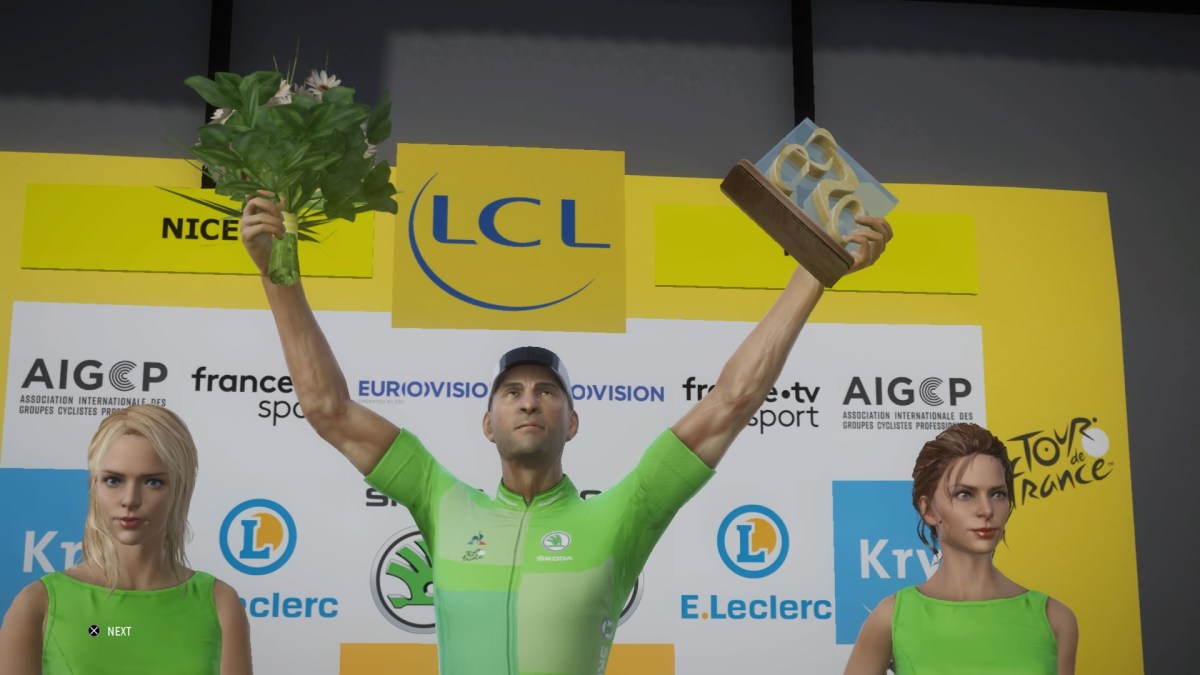
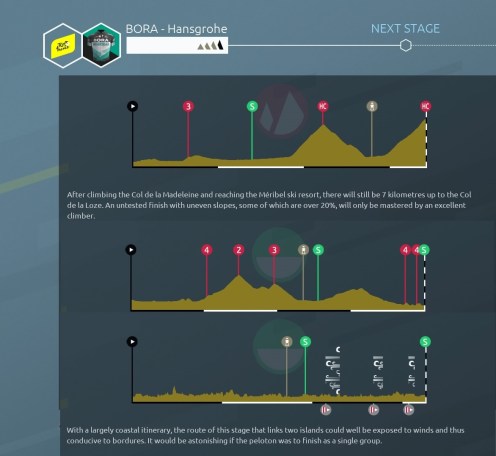
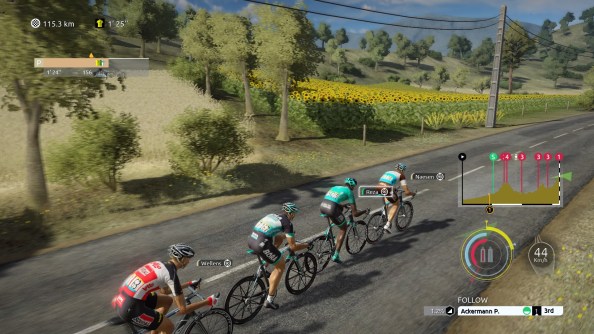
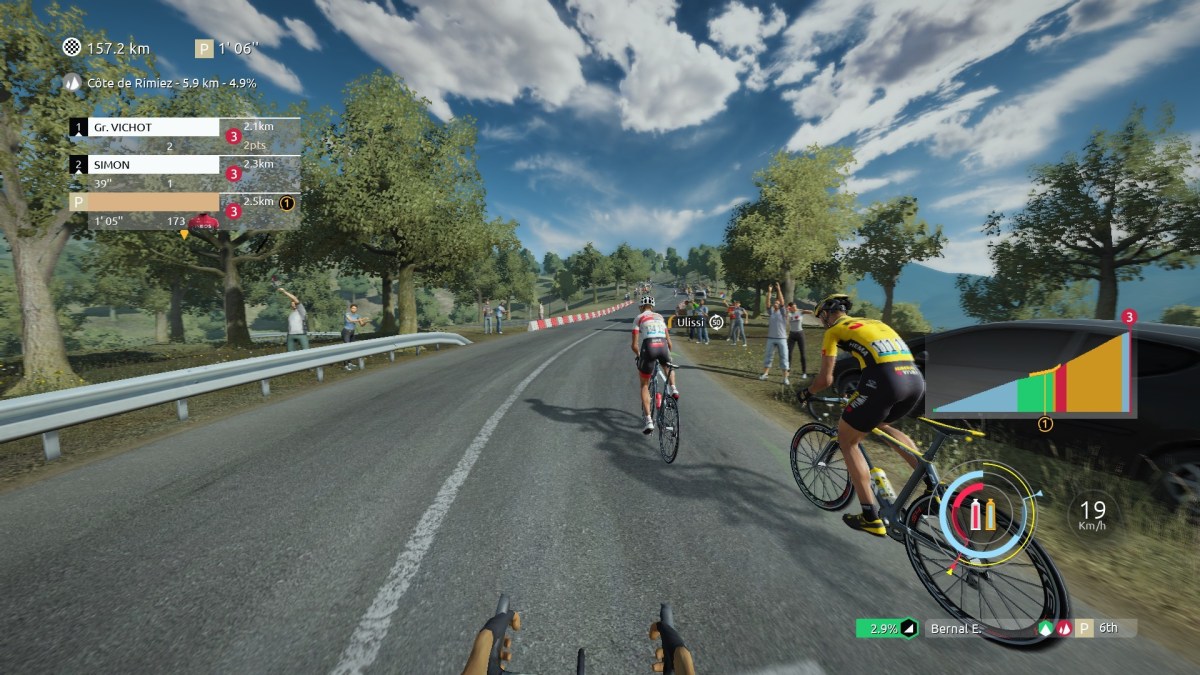
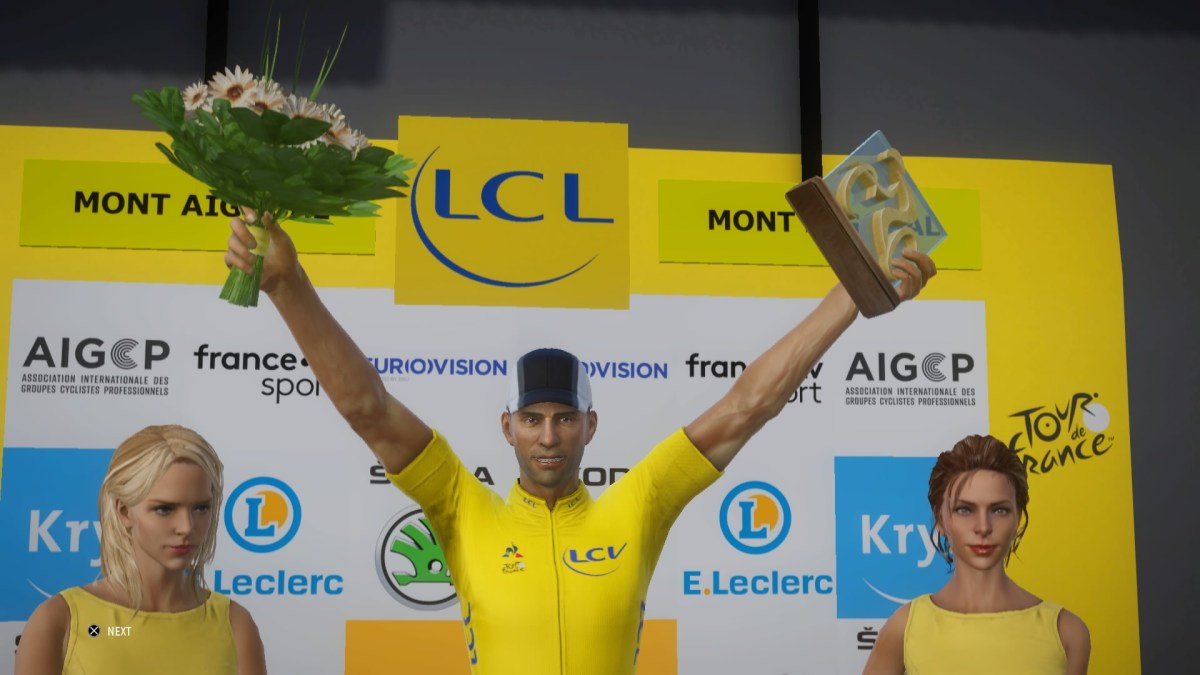
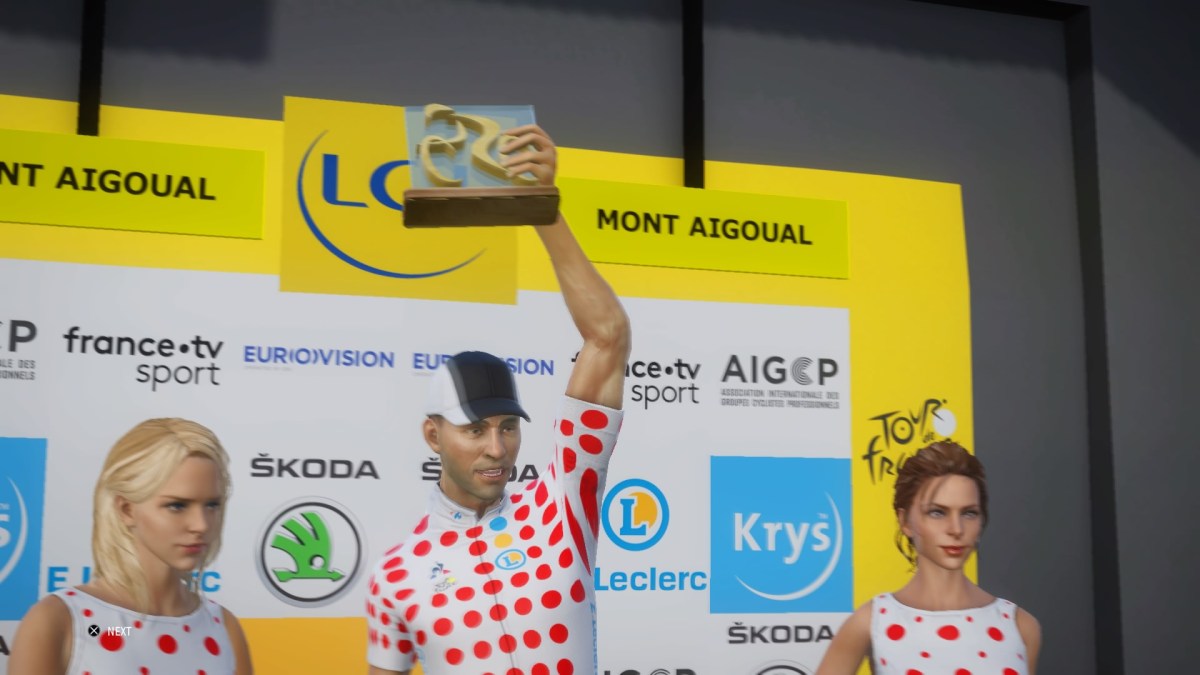
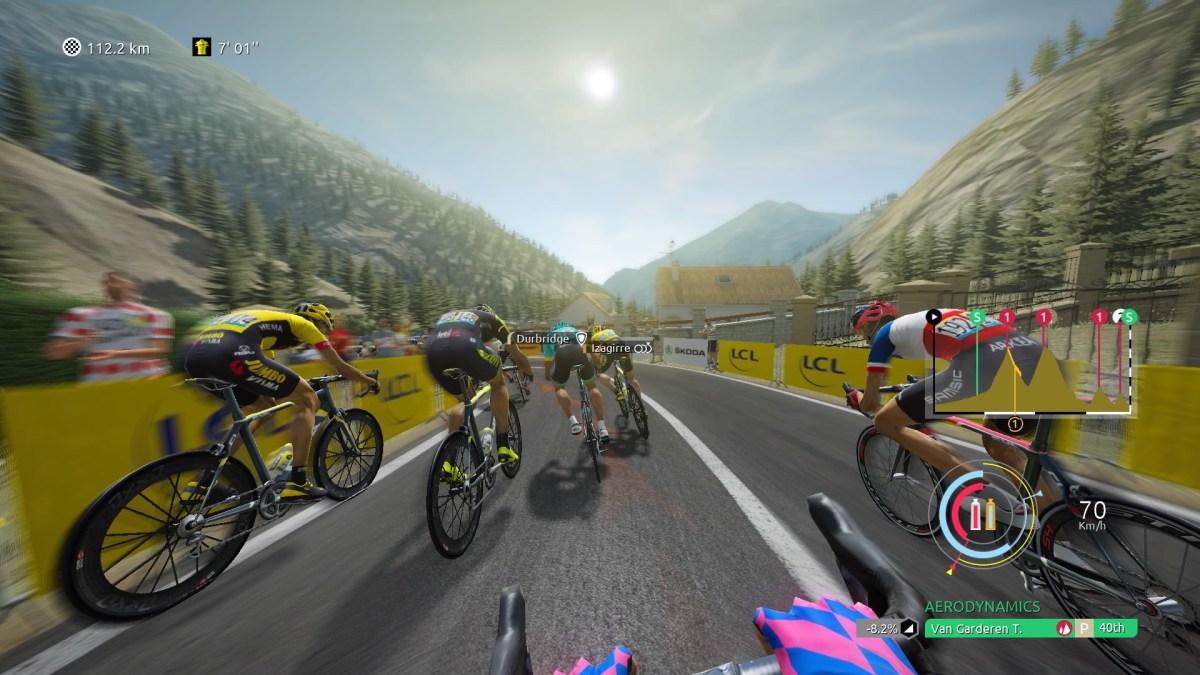
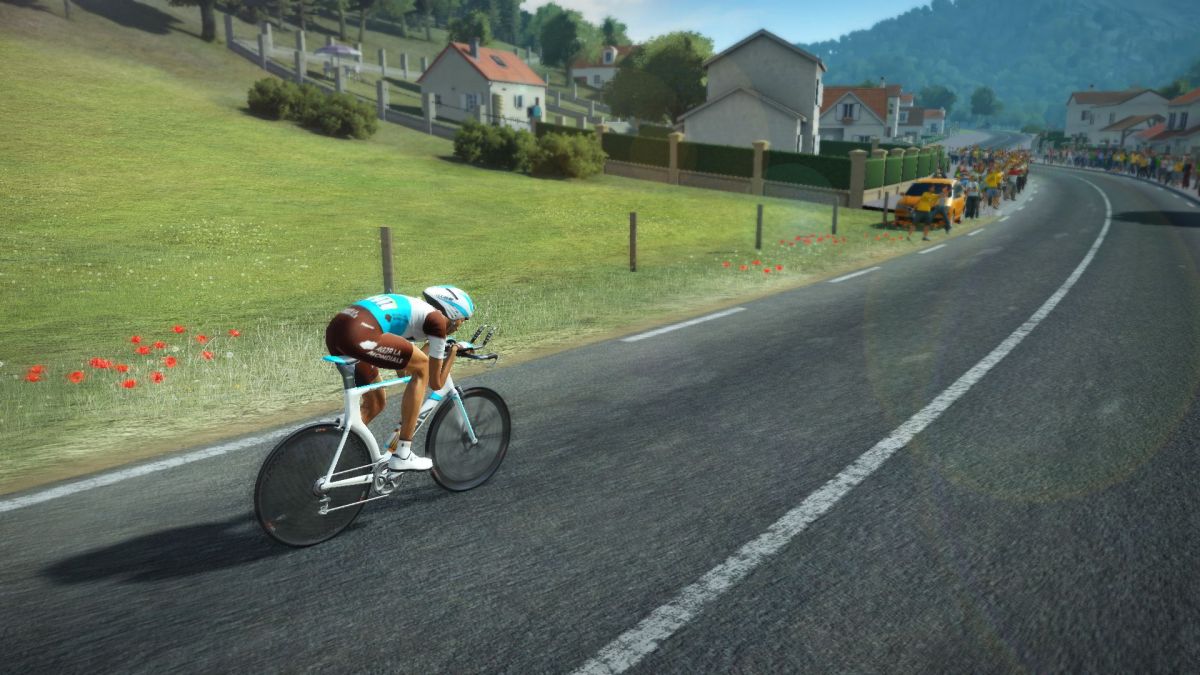
Published: Jun 15, 2020 11:00 am